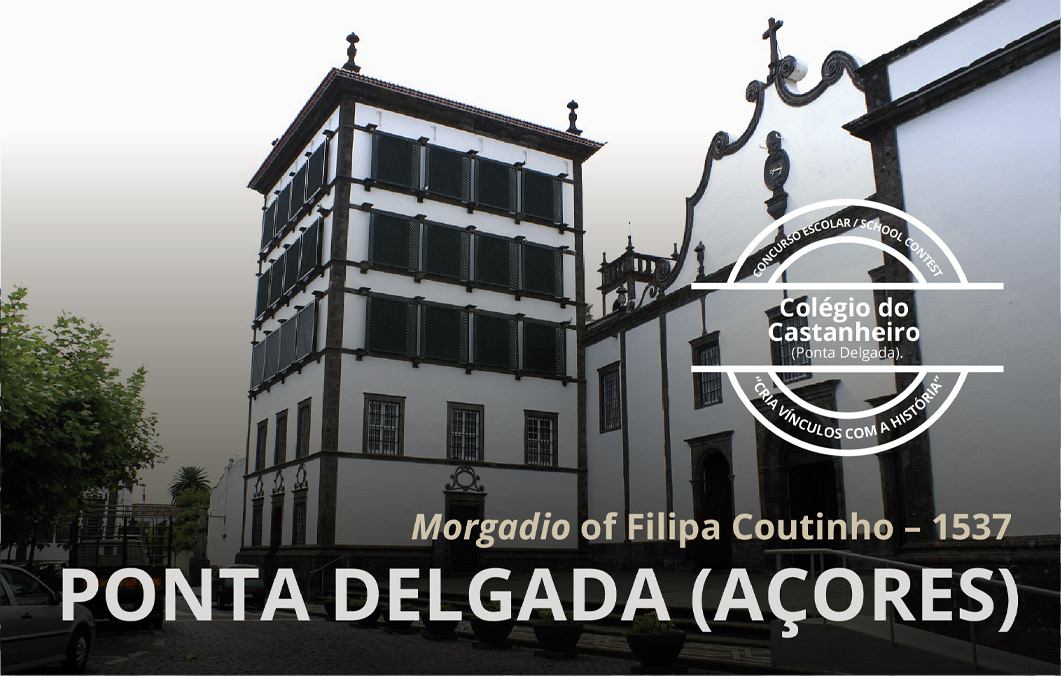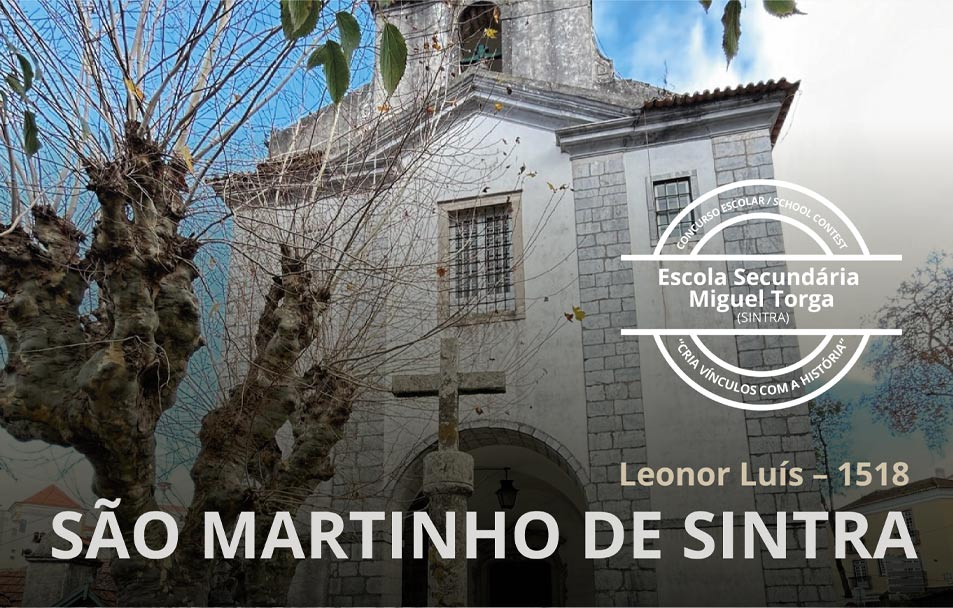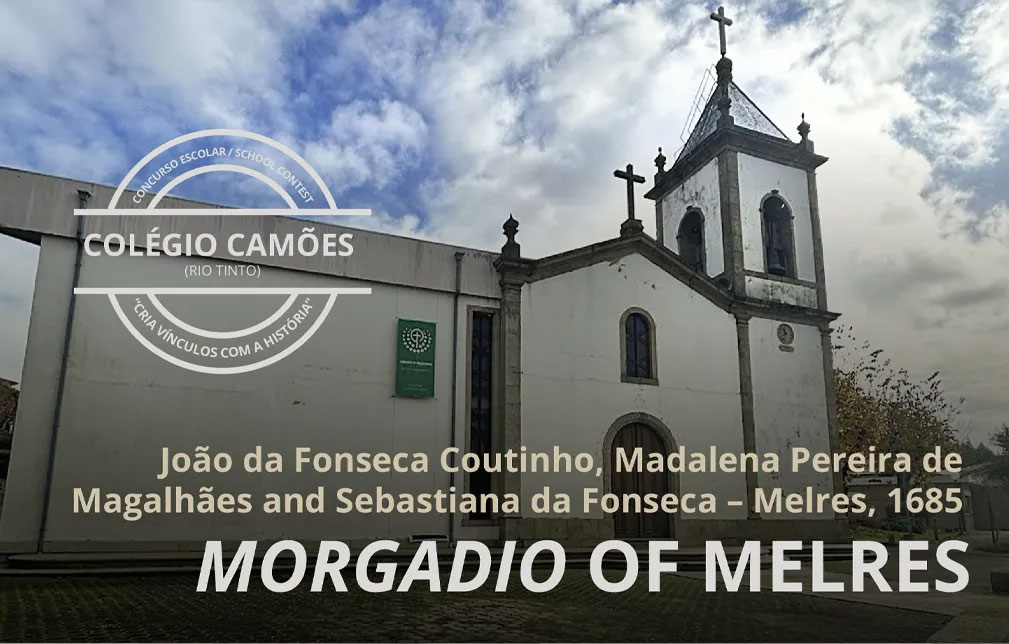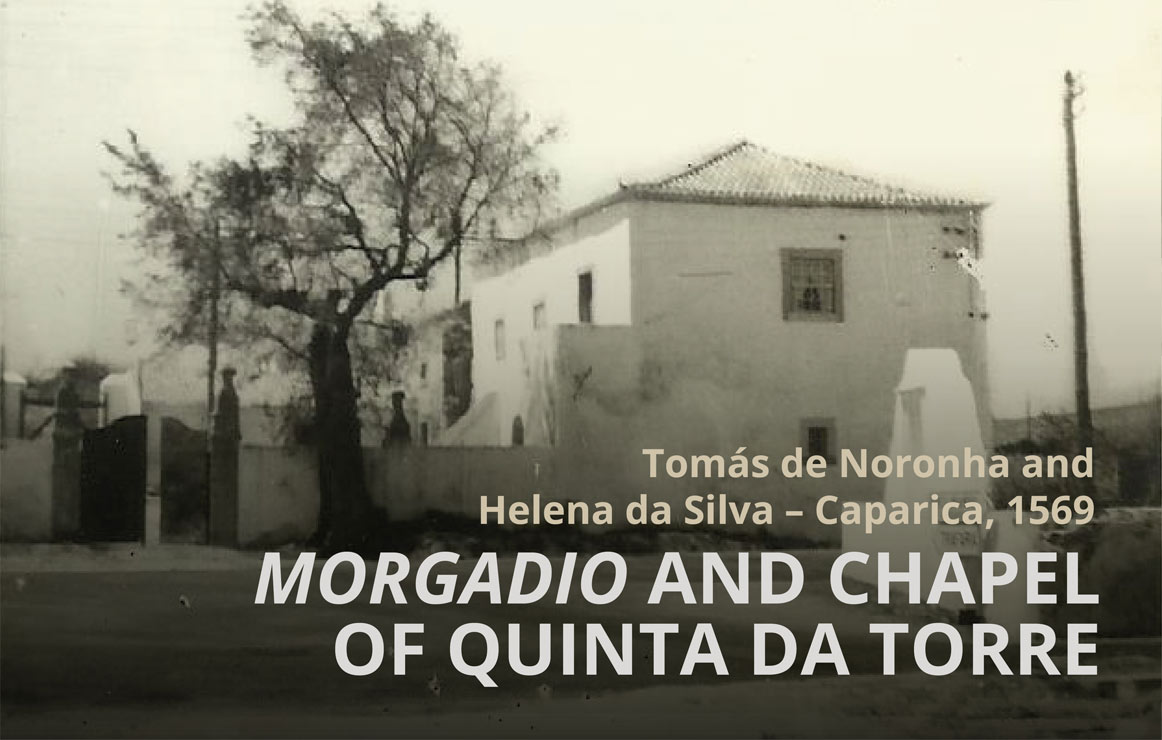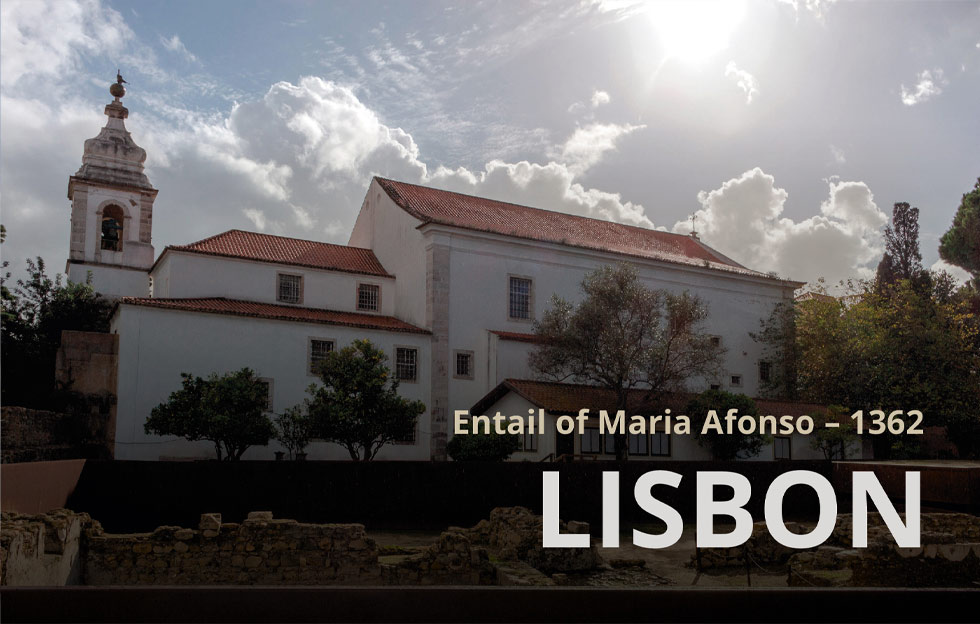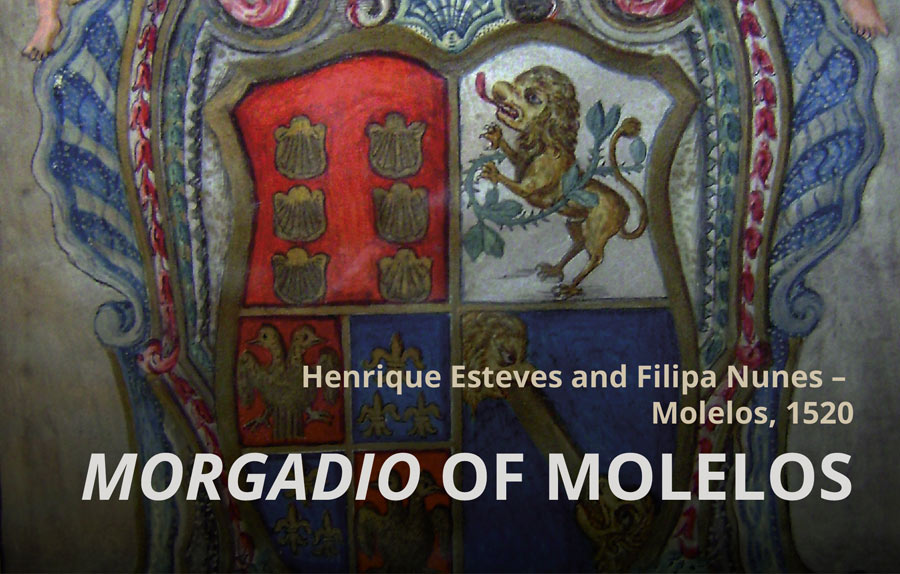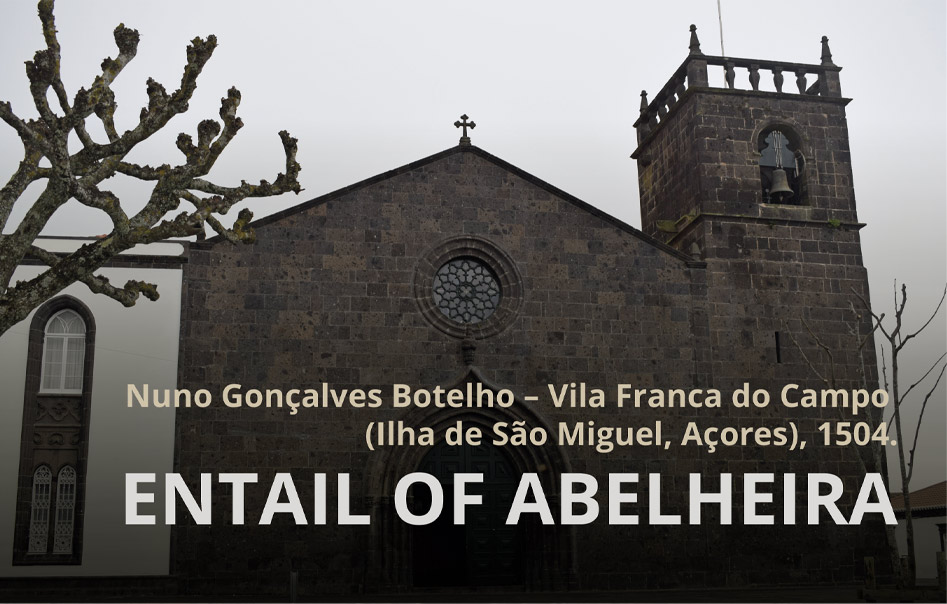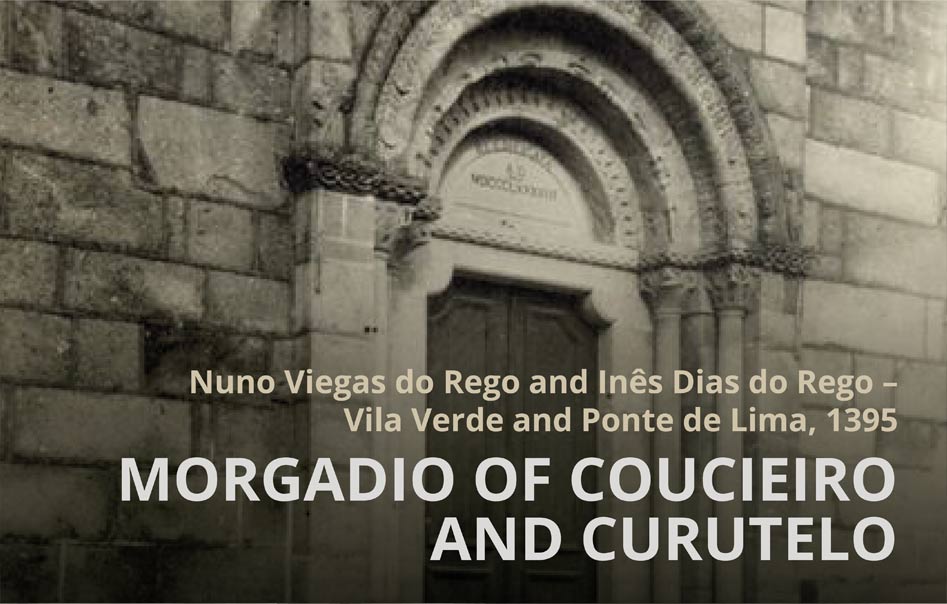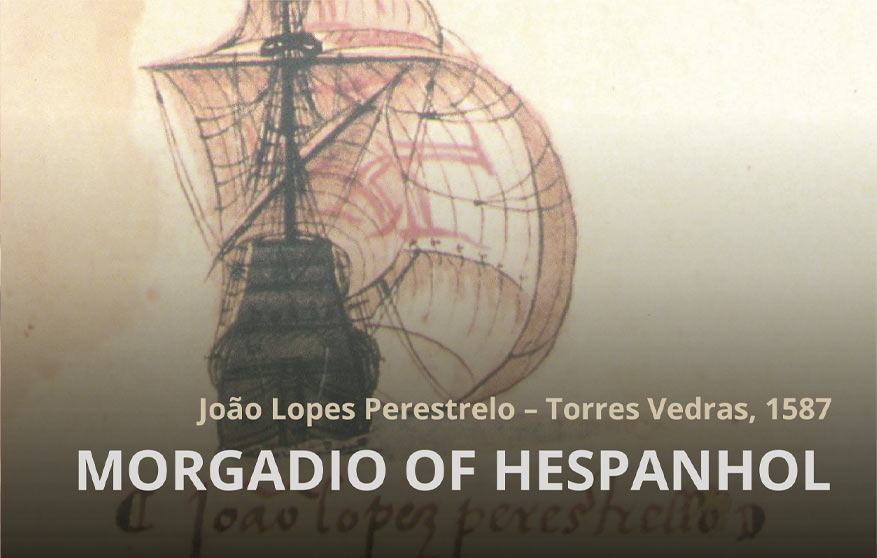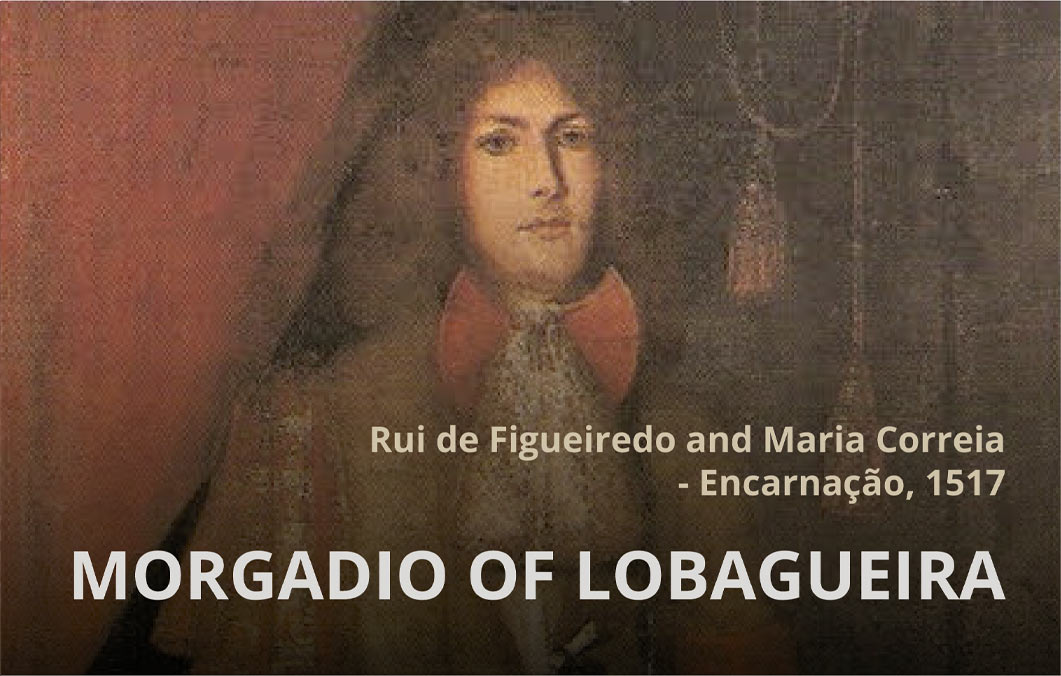Entail of the month (August, 2022)
Morgadio of Valongo, of Sancho Martins and Maria Domingues
Pinhel, 1357
Between the villages of Sorval and Santa Eufémia, in the municipality of Pinhel, runs a wide valley, originating the name “Valongo”. This was where, in 1357, Sancho Martins and Maria Domingues founded an entail whose headquarters were a farmstead located in the middle of the valley. Having no descendants, the couple made “an assemblage for the health of our souls forever and ever” out of their assets, which were then donated to Vicente Domingues, the Young, brother of the foundress, so that he was able to order “twelve masses each year for our souls”. The founders further specified that once the first administrator had died the patrimony would pass on to his eldest son and so on. In the absence of direct descendants, it should pass down to the closest relative, always with the same pious requirement, “for our souls and of those in future”. In 1472, the original foundation document was in the possession of Pedro Matela, who then asked for a public copy of it “because the said instrument was already broken and could no longer be read as it was old”, being “torn in places and eaten by moth” (Arquivo Distrital da Guarda, Governo Civil, Registo Vincular, 2, fl. 146).
The descendants of Vicente Domingues possess another important document, the transcription and photograph of which appear in a genealogical work about the family (METELLO and NÁPOLES 1998, pp. 7-12). It is a parchment manuscript dating from 1493, containing the verdict of King João II on a judicial claim over the possession of a vineyard belonging to the morgadio. To prove their rights, the brothers Bartolomeu and António Matela give evidence in the document of the succession to the administration of the entail mentioned above. The other known piece of evidence to survive regarding the morgadio is later. It also concerns a judicial process about possession. It was moved by Manuel de Sá Pereira against Manuel Metelo Pacheco, contested also by António Metelo Falcão. The final verdict is dated 1761, in favour of the former (Arquivo Distrital da Guarda, Governo Civil, Registo Vincular, 2, fl. 135-163). This process, known from the entail register made in 1863 by the Count of Anadia, the morgadio’s last administrator, transcribes documentation dating from the fourteenth to the eighteenth centuries.
It was thus attested that to the first administrator followed (always from father to son) Fernão Vasques (more likely Fernão Vicente), João Fernandes and João Matela; Matela was succeeded by his brother Pedro, father of Bartolomeu and António Matela, mentioned above. The latter became the 6th morgado of Valongo. In this line of succession, João Fernandes became married to Branca Matela, from whom the descendants would take the surname which became distinctive of the family for the centuries to come. So much so that various genealogical works have defined the Metelos as coming “from Valongo” or “from Sorval”. Conversely, the morgadio has sometimes been called as belonging “to the Metelos”.
The surname Matela goes back to Estêvão Pires de Matela, who died in 1277 in a battle between Pero Esteves de Tavares, of whom he was a supporter, and Fernão Afonso de Cambra (CRUZ, 1968, p. 76). As mentioned in the general enquiry (inquirições) of 1288, Estêvão Pires took his name from the quintã of Matela, in Penalva (SOTTOMAYOR-PIZARRO, 2015, pp. 518-520). In concentrating the patrimony, undoubtedly the Valongo entail contributed to consolidating the family’s upward social ascension. However, anthroponymy also played a part, allowing the lineage to stress its individuality and antiquity, as well as (from the 16th century onwards), starting to spell the surname Metello or Metelo, thereby trying to establish a connection with the homonymous ancient Roman lineage. The use of a heraldic device evocative of the knightly sphere was equally relevant. It showed golden mullets and spurs, respectively on the family shield and crest. The same can be said of ownership of a tower in Freixeda do Torrão (about 25 km north-east of the Valongo estate), dating from the 15th century, to which a manor house was later added, thus making the whole known as the “torre-solar of the Metelos” (AZEVEDO, 1971, p. 154; NÁPOLES and NÁPOLES, 2006, pp. 19-20). The geographical distribution of the entailed properties and torre-solar, fundamental to the lineage identity, is interesting in the sense that it forms an arc around the town of Pinhel, where noble families were not allowed to settle until the sixteenth century, leading to conflicts that lasted until the seventeenth century (MORENO, 1985; SEIXAS, 2006).
It is not surprising, therefore, that the consecutive administrators of the entail always kept the surname, passing it on from father to son, while also using the same baptismal names over and over: João Fernandes Metelo; Gaspar Metelo Cardoso; António Metelo Cardoso; and Gaspar Metelo Cardoso, the 10th morgado. With the latter, another entail was added to the House’s patrimony: the morgadio of Freixeda do Torrão, established by his father-in-law, Francisco Monteiro. This process of adding to the patrimony continued in the following generations with the integration of other entails (such as the Frazões family’s) and free assets. However, the succession broke in the second half of the eighteenth century. The 12th morgado, Antão Metelo Pacheco Monteiro, was succeeded by three of his sons (Jorge, António and José), none of whom had descendants. A legitimised natural son (Manuel) would come from another sibling, Manuel. After a long process, the Valongo entail was inherited by Manuel de Sá Pereira, great-great-great-grandson of the 9th morgado, who thus became its 16th administrator. The morgadio of Freixeda do Torrão, on the other hand, was perpetuated by the descendants of Manuel Metelo Pacheco. It remained uninterrupted until entails finally became extinct, in the second half of the nineteenth century. The 13th and last administrator was Alexandre Metelo de Nápoles e Lemos, who died in 1896. His son Tomás, the only viscount of Nápoles e Lemos, was the last lord of the Metelos torre-solar, which was sold by his sons.
As for the entail of Valongo, in 1764 it fell to João António de Sá Pereira, 1st baron of Alverca, son of the 16th morgado. His heraldic arms can still be seen today in the farmstead of Valongo: party per pale Sá and Metelo, a baron coronet sitting atop. From this heraldic composition, of which no other specimen is known, one can infer that the inheritance of the Valongo entail required the use of the Metelo arms. The entail was later incorporated into the vast patrimony held by another branch of the descendants of the 16th morgado, the House of the Counts of Anadia, in whose archives some more documentation for the history of this institution might well still be found.
Miguel Metelo de Seixas and João Carlos Metello de Nápoles
Acknowledgements: José Augusto de Sottomayor-Pizarro; Mário Jorge Barroca; Paulo de Almeida Fernandes; Rita Sampaio da Nóvoa.
Coordinated by: Rita Sampaio da Nóvoa
Sources and bibliography
Arquivo Distrital da Guarda, Governo Civil, Registo Vincular, 2
AZEVEDO, Carlos de – Solares Portugueses, Lisbon: Livros Horizonte, 1971.
CRUZ, António (ed.) – Anais, Crónicas Breves e Memórias Avulsas de Santa Cruz de Coimbra, Porto: Biblioteca Municipal, 1968.
METELLO, Manuel Arnao; NÁPOLES, João Carlos Metello de – Metellos de Portugal, Brasil e Roma, Lisboa: Associação Portuguesa de Genealogia, 1998.
MORENO, Humberto Baquero – Marginalidade e Conflitos Sociais em Portugal nos Séculos XV e XVI, Lisbon: Presença, 1985.
NÁPOLES, João Carlos Metello de; NÁPOLES, Jorge Metello de – Solares e Casas Nobres do Concelho de Pinhel, Pinhel: Município de Pinhel and the Authors, 2006.
SEIXAS, Miguel Metelo de – “João Pinto Ribeiro e a vexilologia municipal portuguesa. Em torno de uma polémica seiscentista”, Revista Lusófona de Genealogia e Heráldica, vol. 1, 2006, pp. 189-206.
SOTTOMAYOR-PIZARRO, José Augusto de (ed.) – Portugaliae Monumenta Historica. Nova Série. Inquisitiones, Lisbon: Academia das Ciências, 2015, volume IV, Tomo 2 (Inquirições Gerais of King Dinis, 1288. Sentenças of 1290 and Execuções of 1291).
Other entails of the month



